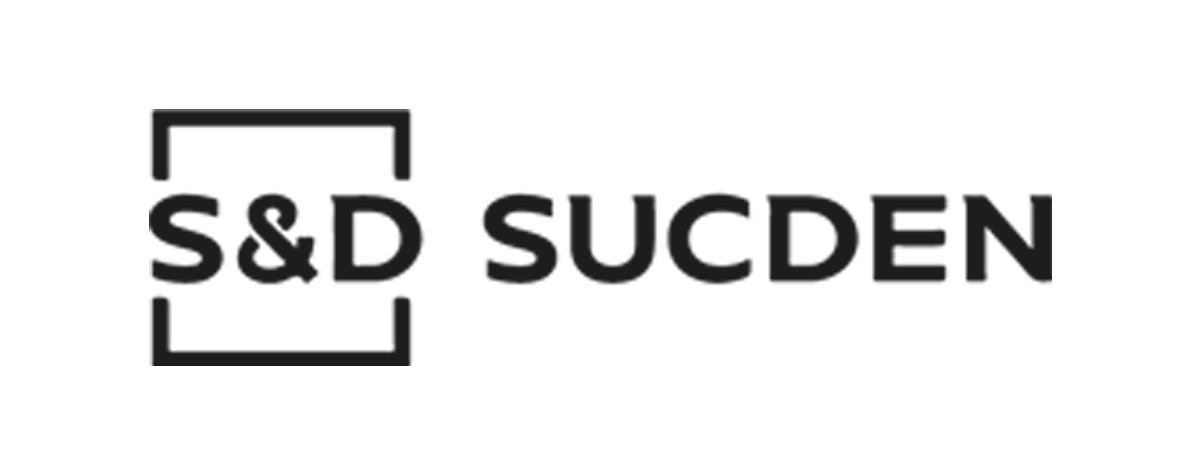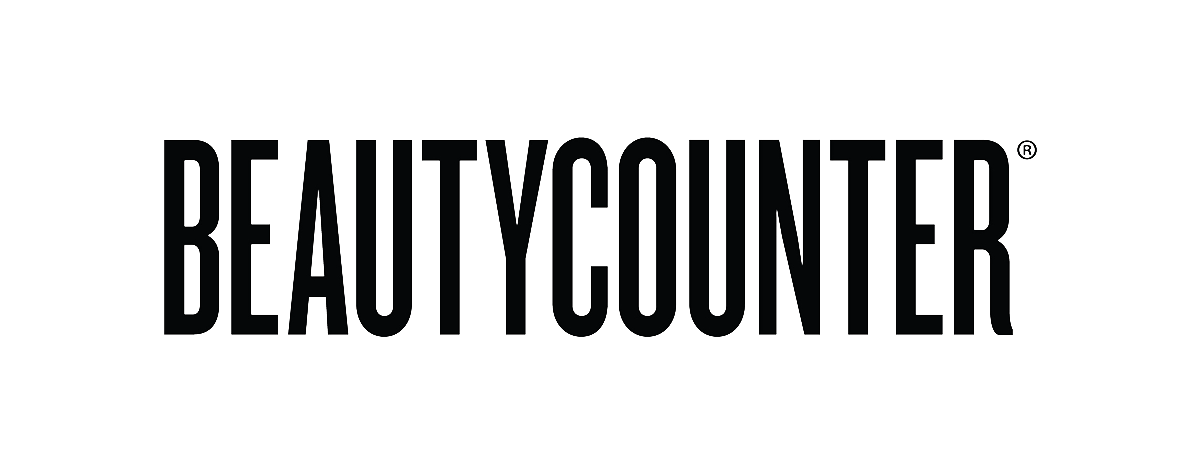What this means for you
1. Regulations apply across industries
Any company importing into the US or the EU could be subject to detention if the goods are considered high-risk based on category and country of origin.
2. Understand best practices for due diligence
Following best practices for supply chain due diligence makes it possible to know whether you are at risk before a shipment is flagged.
3. Eliminate risk and prove the origin of products
Due diligence helps you respond to any government-mandated query and provide assurance that shipments do not contain high-risk merchandise.
Technology to streamline and automate due diligence
Comprehensive supply chain profile
Automate the process of engaging stakeholders across the supply chain and the process of risk and impact assessment.
Centralize codes of conduct and action plans
Ensure all stakeholders are able to access and consent to a CoC that complies with ILO standards.
Maintain internal control processes
Support an actively audited supply chain through mobile applications that ensures proper audit processes and detects any red flags.
See reporting and supply chain disclosure
With supply chain transparency software, respond in real-time to government questionnaires in time to release a shipment that has been seized.
Trusted by the world's leading brands
“Sourcemap's state-of-the-art technology provides a comprehensive platform to trace hazelnuts from farm to factory, further strengthening Ferrero's efforts in working with its suppliers to achieve greater transparency. Through Sourcemap's platform, we will be able to support the value chain through data science, detect tomorrow's agricultural and social challenges, and ensure performance is continuously improving.”
“Sourcemap puts all of this important [raw material] information together and makes it easily accessible. Not only to those who own the files, but also by others, e.g. procurement, corporate affairs, quality assurance teams.”
Why do I need supply chain mapping software?
Ensure compliance with changing supply chain policies and keep your global supply chain free of forced labor.
What is supply chain mapping?
People have been mapping supply chains as long as they’ve been making maps. But traditional maps only provide a summary view - they don't show how supply chains change in real time. Modern supply chain mapping is the process of engaging across companies and suppliers to document the exact source of every material, every process and every shipment involved in bringing goods to market. Accurate supply chain mapping only became possible with the rise of online maps and the social web. The first online supply chain mapping platform was developed at the Massachusetts Institute of Technology in 2008 (the underlying open source technology is the basis for Sourcemap).
Why are companies moving towards more transparent supply chains?
The concept of supply chain transparency was virtually unknown 15 years ago, yet today it commands the attention of mid- and senior-level managers across a broad spectrum of companies and industries.
The reasons for this increased interest are clear: Companies are under pressure from governments, consumers, NGOs, and other stakeholders to divulge more information about their supply chains, and the reputational cost of failing to meet these demands can be high. For example, food companies are facing more demand for supply-chain-related information about ingredients, food fraud, animal welfare, and child labor. Less clear, however, is how to define transparency in a supply chain context and the extent to which companies should pursue it: an MIT study that mapped definitions of supply chain transparency related to labor practices in the apparel industry found vastly different definitions across organizations.
How are customs compliance and supply chain mapping related?
Companies are under increased pressure from governments and regulators to ensure that their products are compliant with human rights and environmental standards. The only way for companies to ensure their supply chains are "clean" is by mapping their supply chains down the raw materials using auditable, verifiable data. Check out Sourcemap's fact sheet on due diligence for forced labor in supply chains to learn more.
How are laws changing in the world of supply chain?
Governments are cracking down on supply chain imports around the world. In the United States, Customs and Border Protection has issued Withhold Release Orders for goods originating from parts of the world with a high risk of forced or child labor. Similarly, across Europe supply chain laws including Germany's Supply Chain Due Diligence Act will require companies to disclose the source of their raw materials and ensure that they are not contributing to environmental risk or abuses of human rights.




